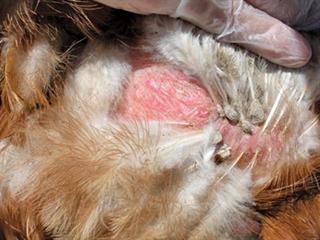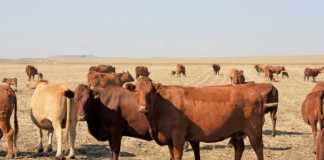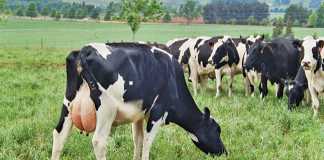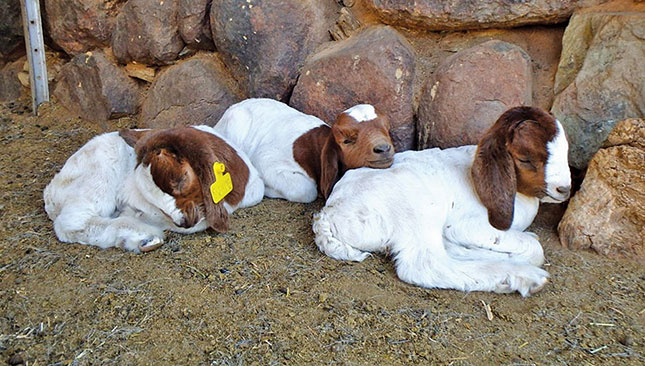
Of the many parasites that afflict chickens, one of the most common is chicken lice (Menacanthus spp). This genus has approximately 100 species of chewing lice that feed on the blood or feathers of their host.
Lice are small, flat parasites with mouthparts designed for chewing or sucking. Essentially, they attack the bird by chewing away at the quills of the feathers where they emerge from the skin; then they gnaw on the skin itself.
Life-cycle
Poultry lice are host-specific and cannot be transferred to humans. Their life-cycle varies according to the species. A host may be infected by several species at a time.
Read: Start a chicken farm in just 30 minutes
The entire life-cycle occurs on the host. In the adult form, a louse will live for no more than two weeks.
The most visible sign that a chicken is infested with lice is a bedraggled and dull appearance.
Effective control methods
One of the problems with lice is the way the birds are farmed. To produce more eggs at a cheaper rate for the end-user, chickens are kept in large numbers in confined spaces. This inevitably leads to the rapid spread of any infection or parasite outbreak, and can make treatment more difficult.
Inspect the birds during the day, when the lice are active.
Read: Keep your chicken houses well ventilated
Cleanliness is important for lice control, and includes thoroughly cleaning and disinfecting the chicken house/roost/nesting boxes and equipment.
New birds should undergo a two-week quarantine and treatment with a proprietary medication.
In severe infestations, it may be necessary to resort to a weakened dose of a pyrethrin-based medication. In persistent cases, seek the advice of a vet, who may prescribe a product such as Ivermectin.













